All products featured are independently chosen by us. However, SoundGuys may receive a commission on orders placed through its retail links. See our ethics statement.
Best USB-C headphones
May 9, 2025
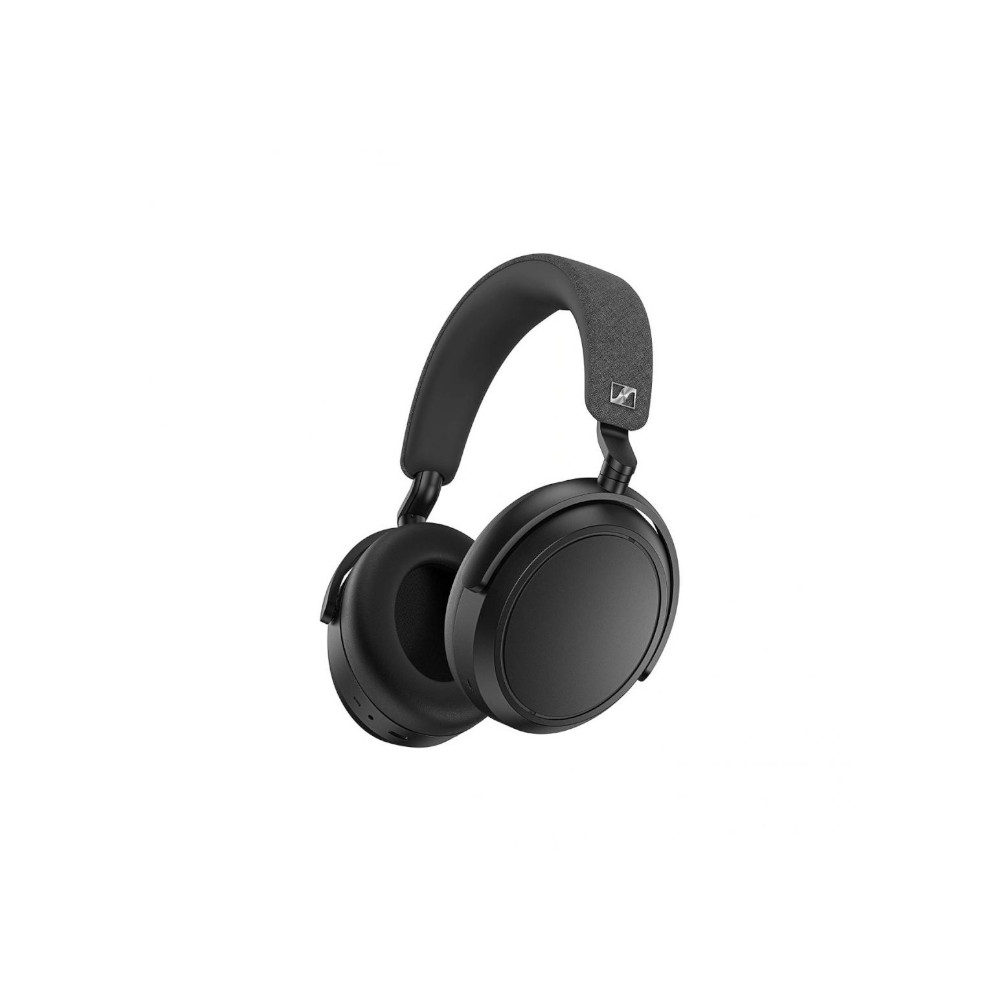
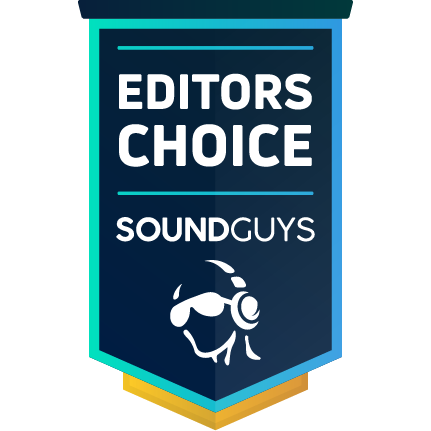









After most smartphone companies followed Apple in removing its headphone jack back in 2018, the headphone market found itself in abrupt chaos. Users were accustomed to always being able to use wired headphones but now were forced to grab a pair of wireless headphones. An alternative presented itself in USB-C headphones, but after limited adoption, compatibility issues, and poor available options, the connector fell out of favor on headphones. But as the years went on, it became apparent that wireless audio just wasn’t cutting it for some folks. USB-C headphones have quietly made a comeback in the form of headphones that can do it all rather than offering only one connection method.
What's new?
- This article was updated on May 9, 2025, to update picks, replace outdated information.
- This post was updated on December 19, 2024, to replace the Bowers and Wilkins Px7 Se with the Bowers and Wilkins Px8.
- Check out our list of the best USB-C headphone adapters to make any headset compatible.
Take SoundGuys’ quiz to find your best fit
The all-rounder: JBL Tour One M3
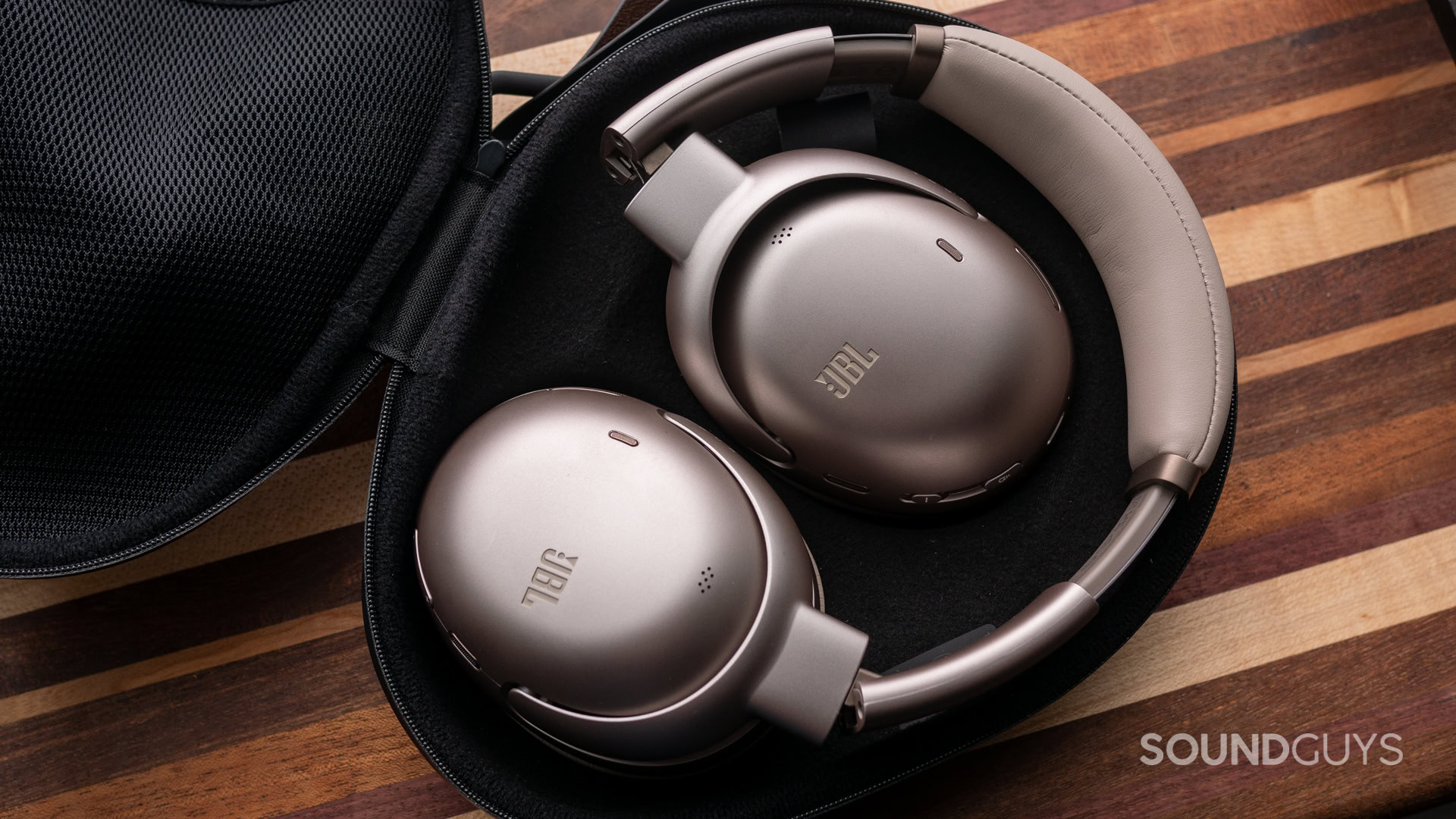
If you’re looking for the best all-around USB-C headphones, the JBL Tour One M3 are it. They don’t sound the best, but they have every feature you want to keep your headphones modern and compatible with all of the cutting-edge features to come. For example, not only do they support USB-C audio passthrough, but you can also use the SMART Tx remote/transmitter accessory to broadcast audio over Auracast to your friends and family.
Battery life is stellar, ANC performance is great, and the connectivity options are incredible. You can pretty much use any source, wired or wireless. The JBL Tour One M3 are a set of headphones built for daily use.
Loading chart ...
The chart below shows how the sound of the JBL Tour One M3 was assessed by the Multi-Dimensional Audio Quality Score (MDAQS) algorithm from HEAD Acoustics.
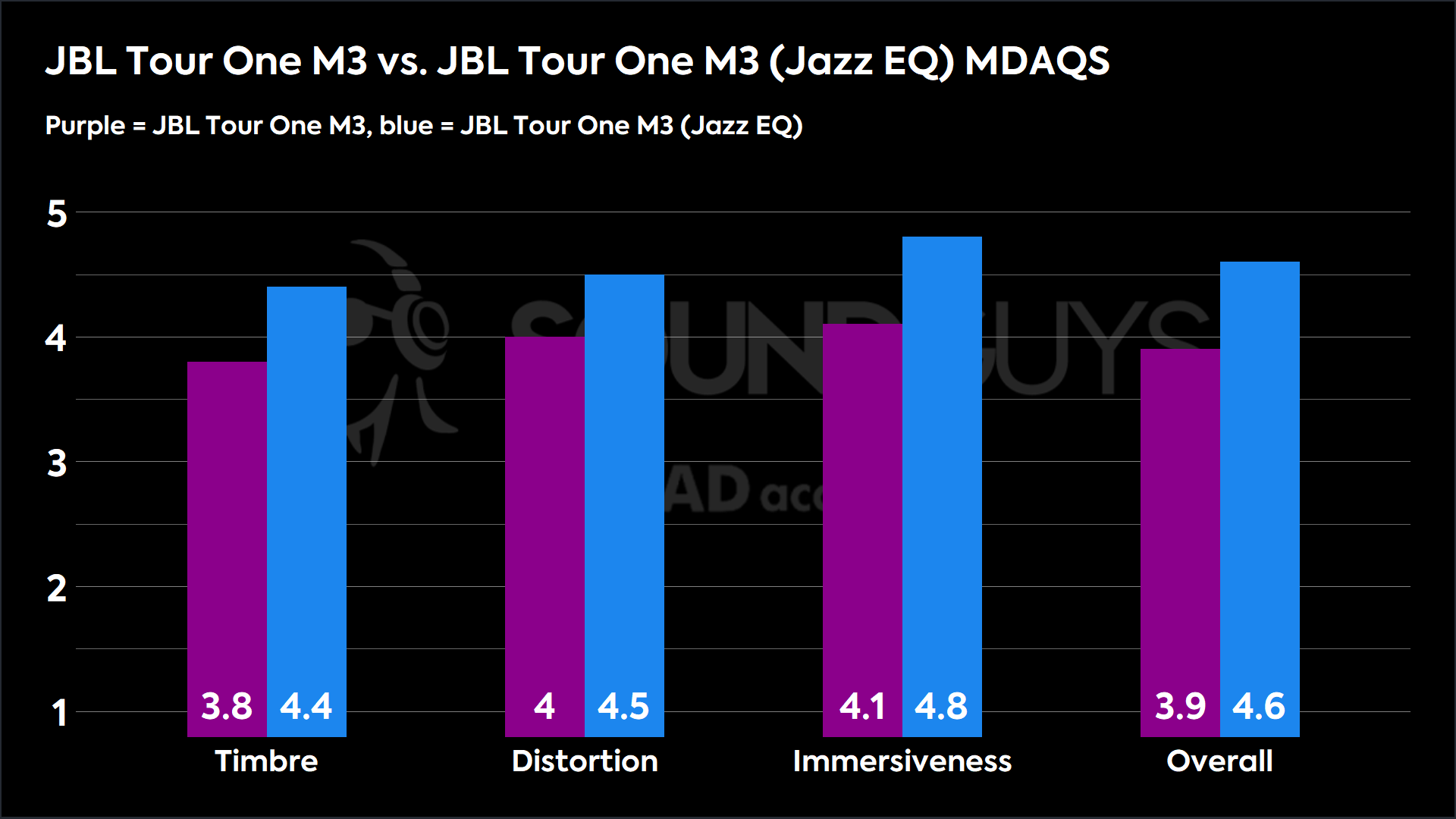
The Sennheiser MOMENTUM 4 Wireless is a great middle ground
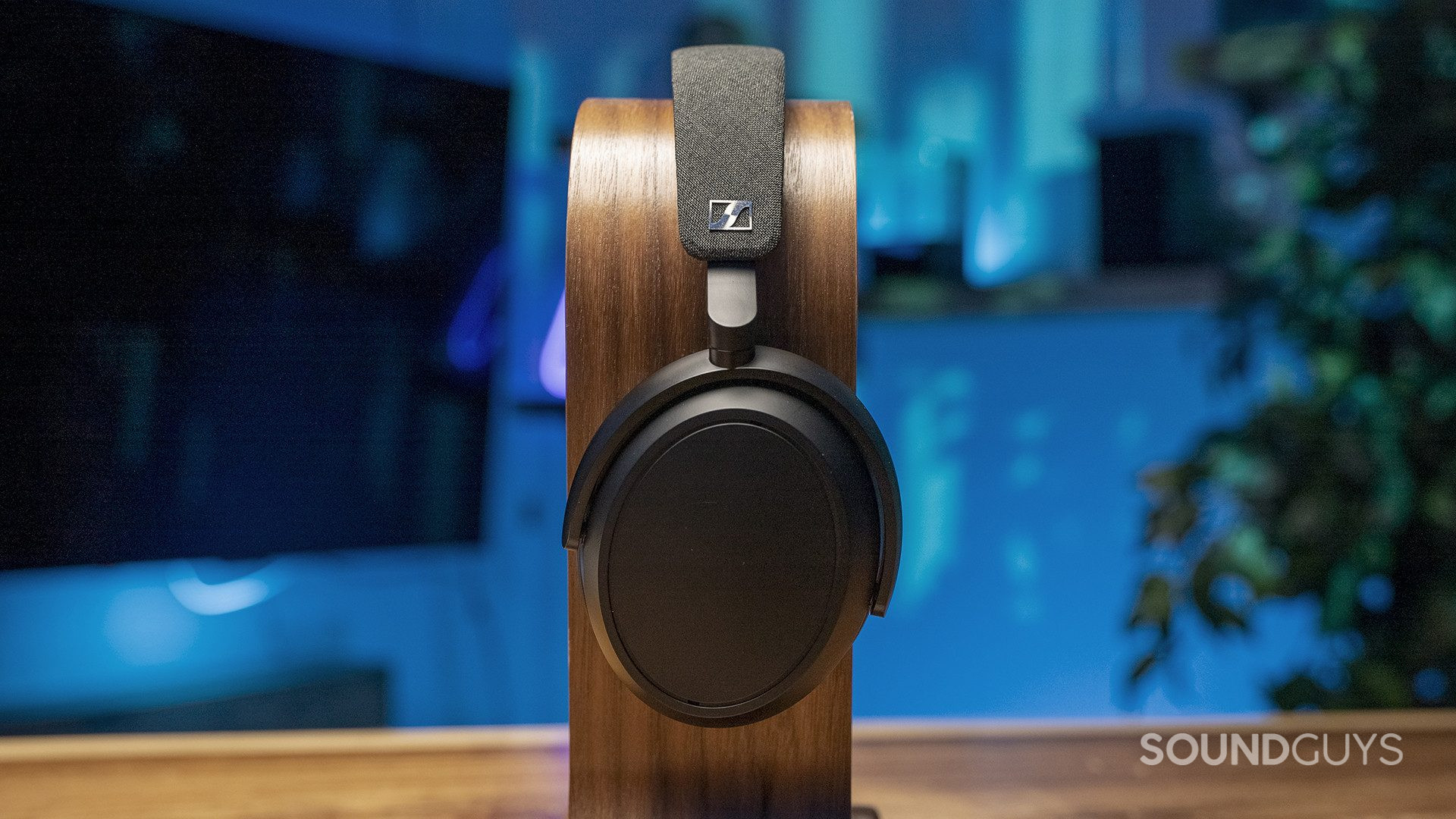
If you want the best mix of value and performance, the Sennheiser MOMENTUM 4 Wireless are really solid headphones for under $300. Though they don’t cancel sound quite as well as the JBL Tour One M3, they’re very much worth the money. Additionally, they’re lighter, have a much better battery life, and have about the same ANC performance.
Though $380 is still a really steep price for anyone looking for casual headphones, we strongly encourage you to take the leap if you’re looking for a tool that serves you for multiple years. While it may sting up front, sometimes expensive headphones are worth it—and this is one of those times.


Loading chart ...
The chart below shows how the sound of the Sennheiser Momentum 4 was assessed by the Multi-Dimensional Audio Quality Score (MDAQS) algorithm from HEAD Acoustics.
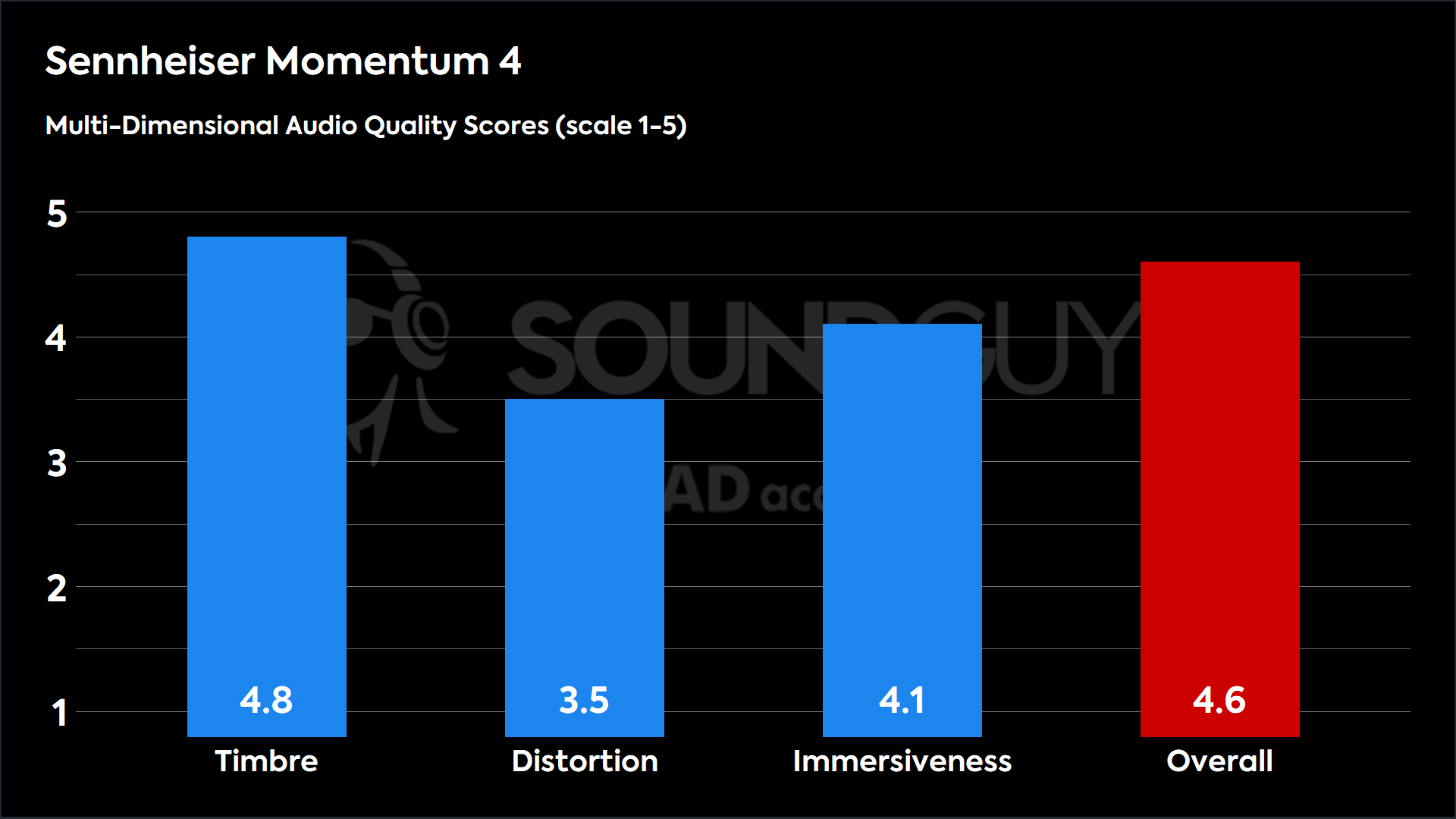
The best pick for iPhone users is the Apple AirPods Max (USB-C)
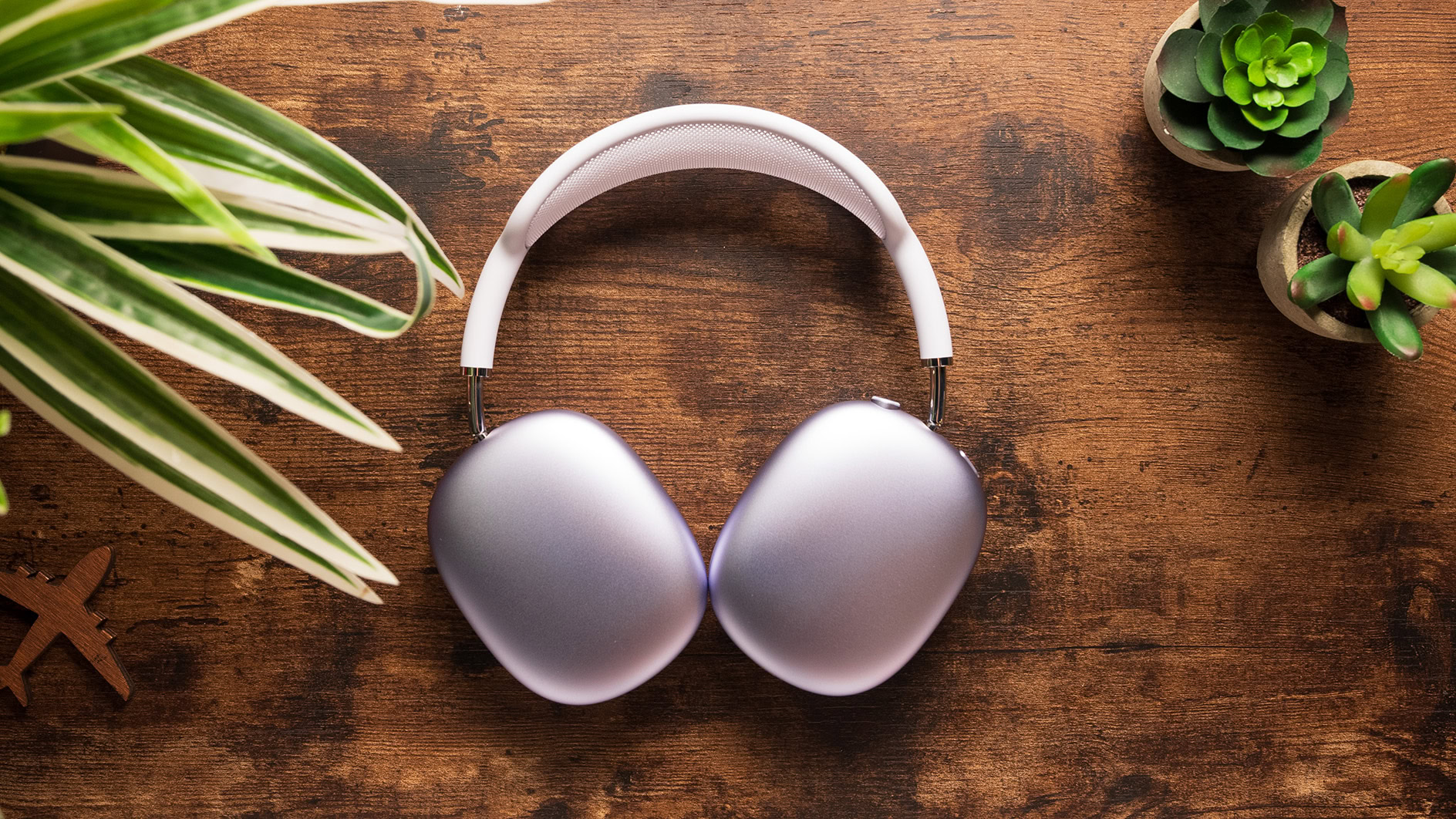
It may seem like a no-brainer, but once Apple gave the AirPods Max audio over USB-C: the best USB-C headphones for iOS were no longer the Beats Studio Pro. Offering top-of-the-line ANC, decent sound quality, and iOS features; it’s hard to pick something else if you have an iPhone.
Though these are some of the most expensive USB-C headphones by far, it’s a little frustrating that non-Apple devices aren’t guaranteed to be able to use them. For that reason, you may want to stick to the older Beats Studio Pro if you want an Apple device that can work wired with just about anything.


Loading chart ...
The chart below shows how the sound of the Apple AirPods Max was assessed by the Multi-Dimensional Audio Quality Score (MDAQS) algorithm from HEAD Acoustics.
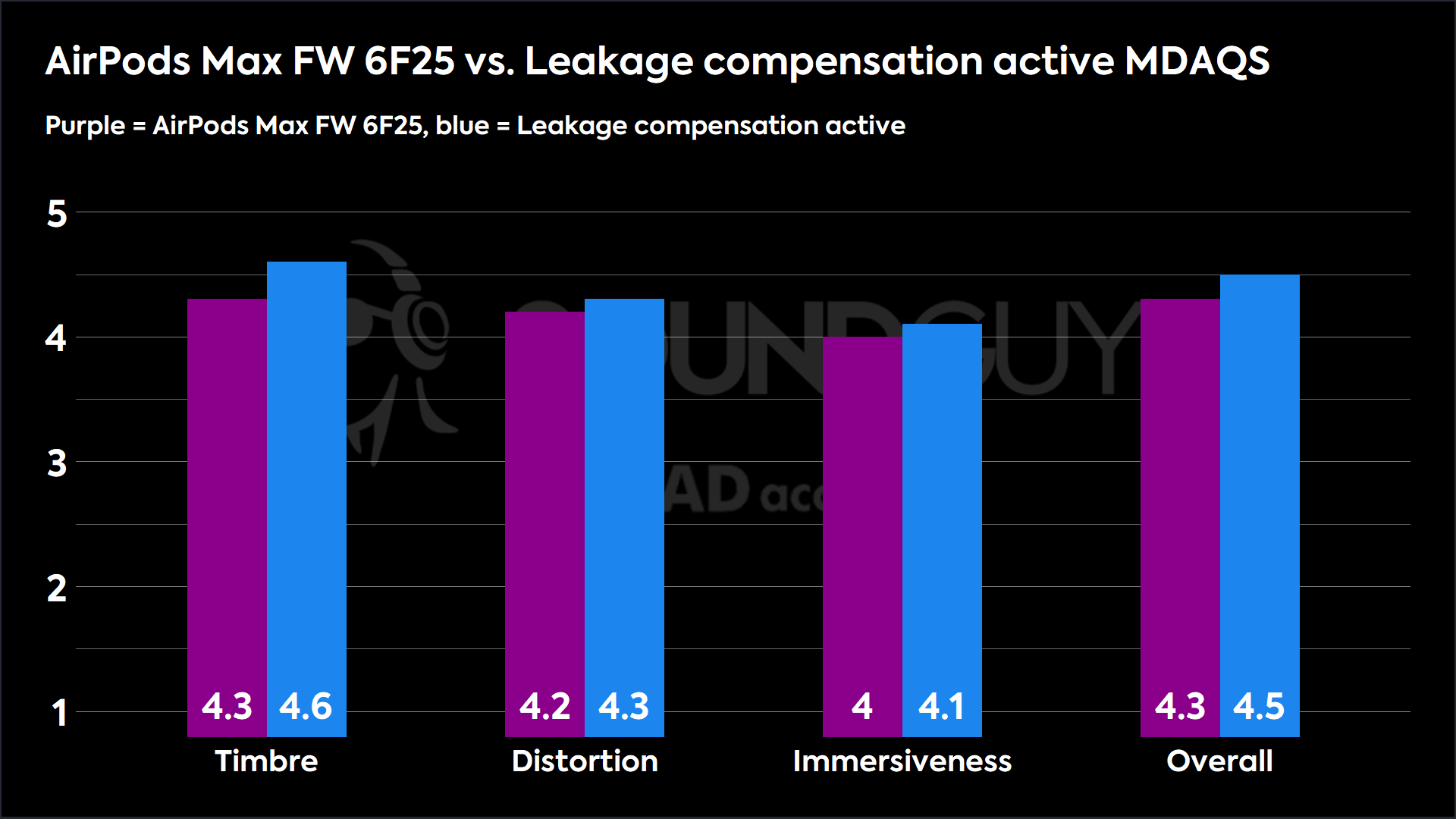
The Bowers & Wilkins Px8 sounds great and look stylish
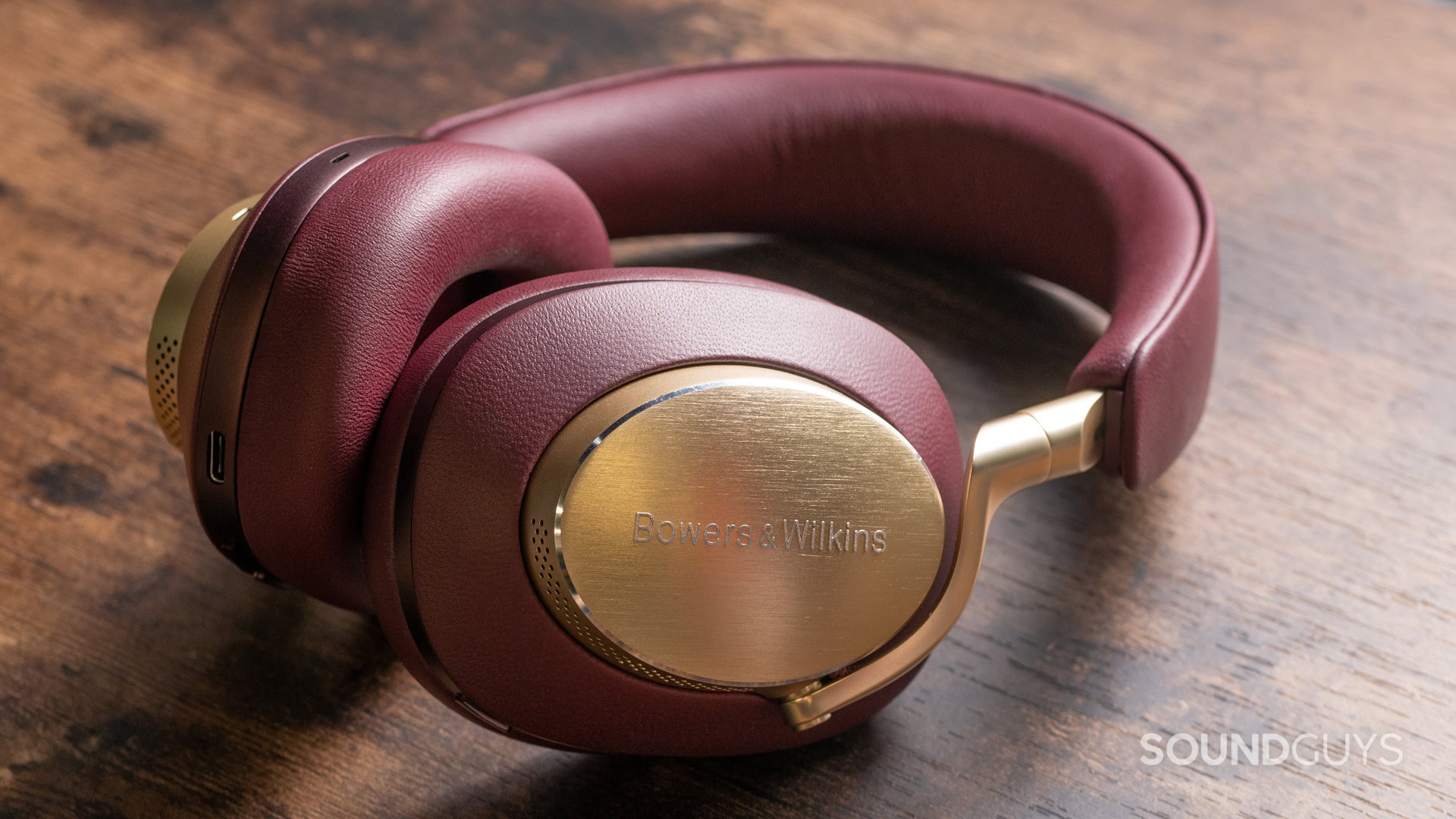
The Bowers & Wilkins Px8 is one of those luxury products that catch eyes, but will most often be admired from afar. Key features include excellent sound tuning, effective ANC, a good transparency mode, and a stylish design. However, they do lack water resistance. The Px8 excels in sound quality thanks to a 24-bit DSP and an actually-decent companion app to handle advanced features. The sound is bass-heavy with some odd choices in the highs, suitable for various music genres. We strongly encourage you to play with the equalizer, as the default sound is a bit bass-heavy.
Connectivity is robust with Bluetooth 5.2, supporting codecs like SBC, AAC, and aptX adaptive. The headphones can connect to analog and digital sources via supplied cables, including a 3.5mm TRS jack to USB cable. They offer 40 hours and 39 minutes of battery in our tests.
Though it’s quite heavy on your head (and wallet), the Bowers & Wilkins Px8 stands out for its sound quality, build, and practical features, making it a strong contender in the over-ear USB Bluetooth headphone market with ANC, especially for those who value audio performance and design over additional digital features.

Loading chart ...
The JLab JBuds Lux ANC is one of the best budget USB-C headphones
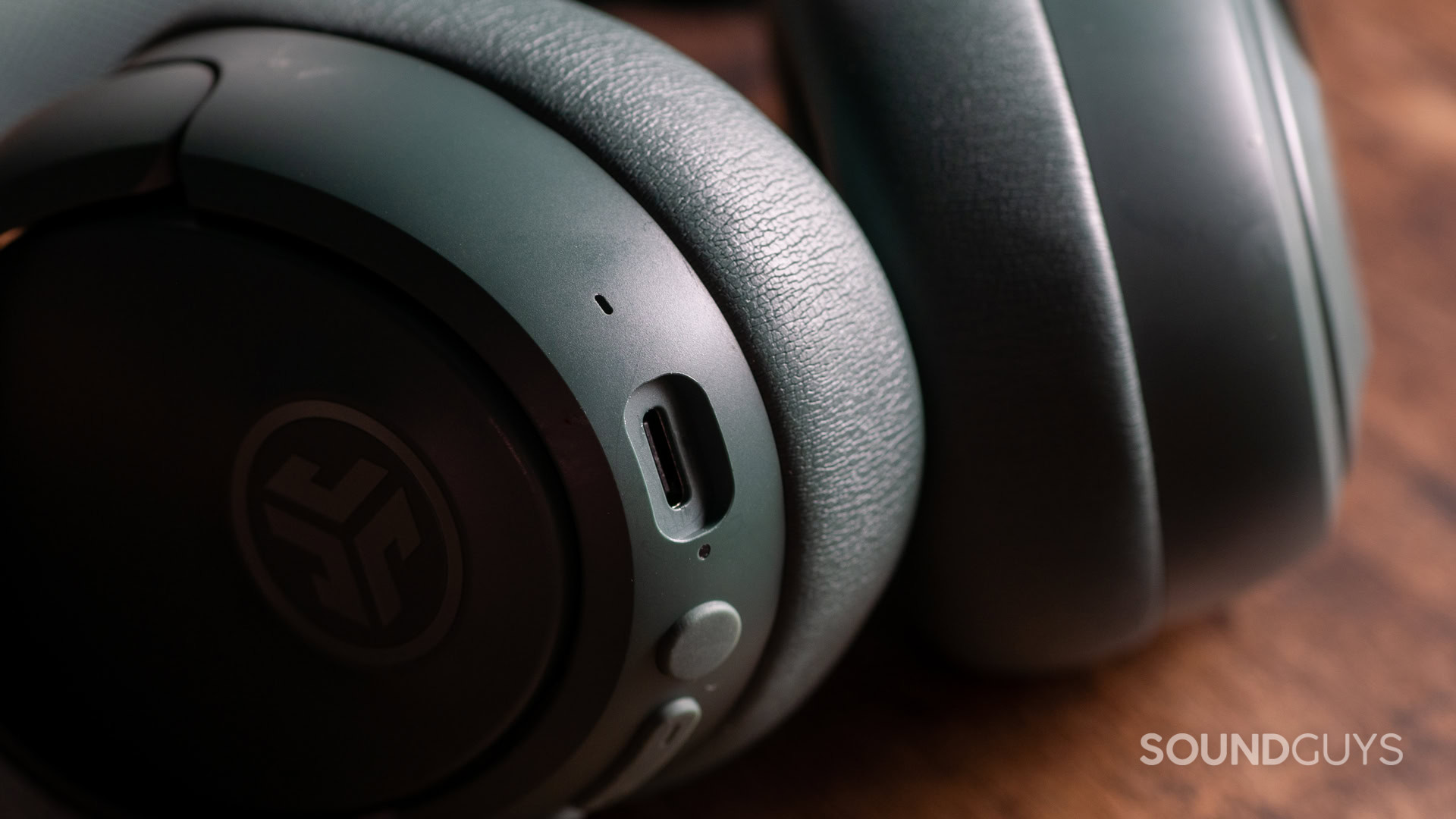
The JLab JBuds Lux ANC offers excellent value for under $100. They provide effective active noise cancelation that does a good job reducing lower frequency noise like on transit. The sound quality is characterized as pretty decent, with an appealing bass emphasis and good stereo imaging that helps music cut through ambient noise.
Other key strengths are the substantial padding for all-day comfort, USB-C audio connectivity, which is rare at this price point, and incredible 44-hour battery life. The headphones fold up compactly for travel as well. Overall, the JLab JBuds Lux ANC focuses on nailing the fundamentals like noise cancelation, sound quality, comfort, and battery life extremely well for the budget price, making them an excellent budget USB-C headphone option despite lacking some premium features. Their value proposition is very compelling.


Loading chart ...
The chart below shows how the sound of the JLab JBuds Lux ANC was assessed by the Multi-Dimensional Audio Quality Score (MDAQS) algorithm from HEAD acoustics.
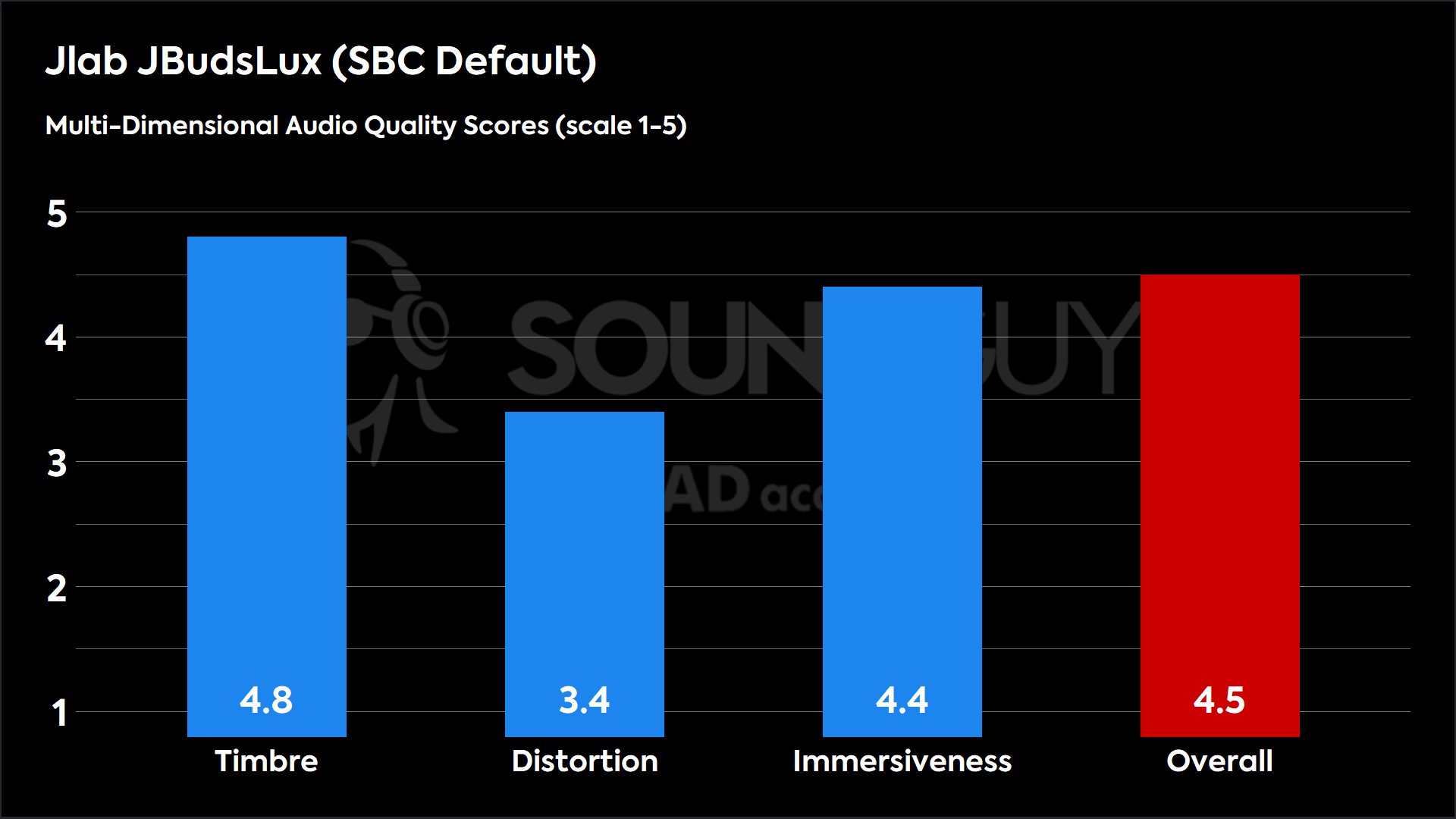
The Sennheiser Accentum Plus is good value
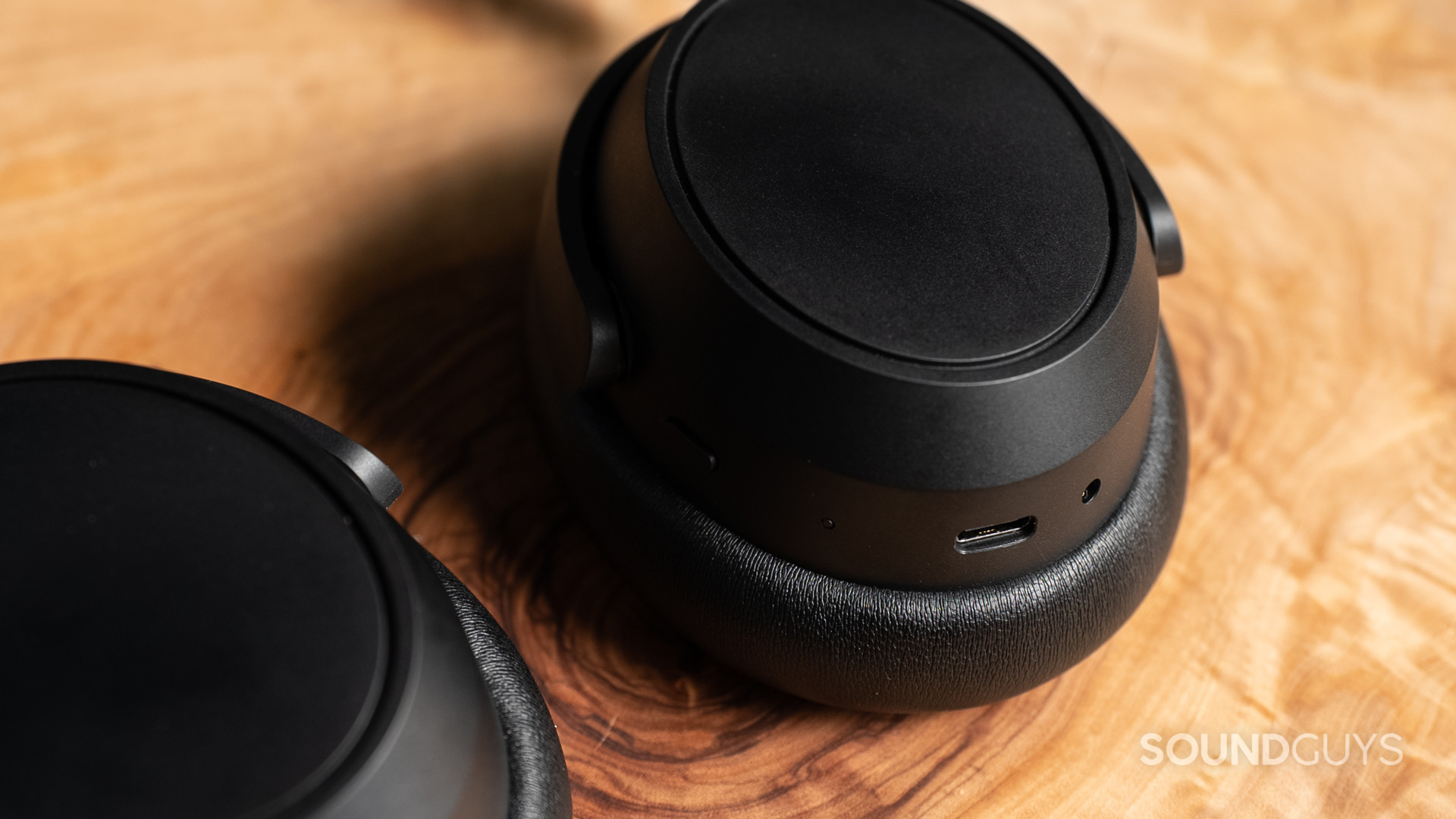
If you are looking for more affordable USB-C headphones, the Sennheiser ACCENTUM Plus is a solid option with active noise canceling (ANC) capabilities. Priced at $229.95, these headphones offer straightforward features, including touch controls, impressive battery life extending up to 53 hours with ANC on, and decent sound quality that, while not groundbreaking, delivers a satisfactory listening experience. Additionally, the inclusion of wired listening options via USB-C and 2.5mm TRS socket enhances its versatility, making it a strong candidate for those prioritizing connectivity and battery efficiency.
However, the headphones aren’t without their drawbacks. The lack of an IP rating might deter users looking for water or dust resistance, and their inability to fold up could be seen as a limitation for portability. Despite these shortcomings, the Sennheiser ACCENTUM Plus stands out for its comfort, with features such as light plastic construction to prevent hair snagging and soft ear pads that accommodate glasses wearers. While it may not compete with top-tier models in terms of ANC performance or sound quality, its strengths lie in its user-friendly design and the balance it strikes between cost and performance.


The chart below shows how the sound of the Sennheiser Accentum Plus was assessed by the Multi-Dimensional Audio Quality Score (MDAQS) algorithm from HEAD acoustics.
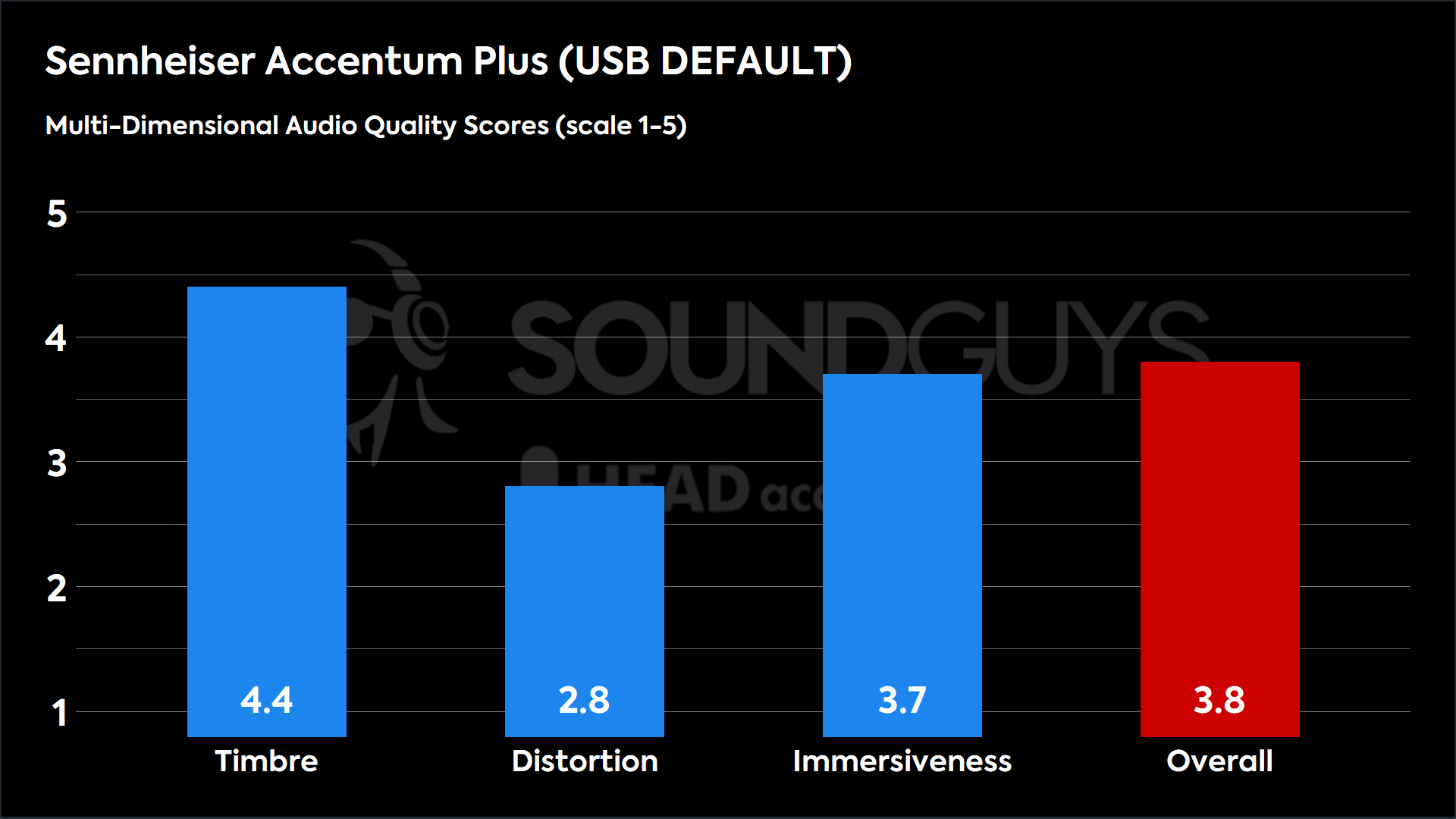
Check out the Audeze Maxwell for gaming
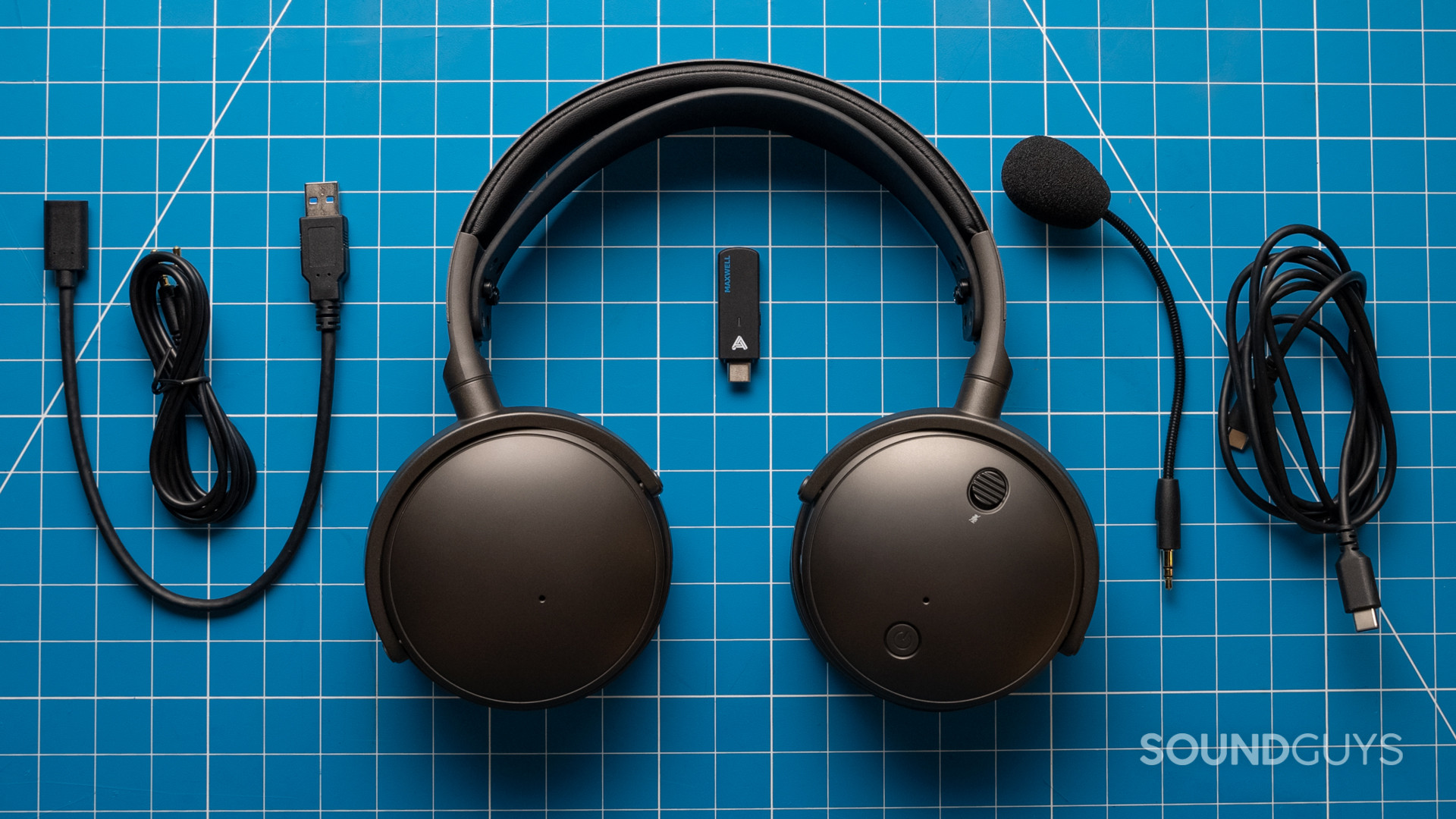
Gaming headsets are a logical choice for USB-C audio, given they’re generally chained to a desk or console. Gaming headsets typically have pretty extreme demands set upon them, including zero latency, extreme battery life, high-quality microphones, and comfort for long gaming sessions. The Audeze Maxwell checks all these boxes but also has USB-C audio. This provides a performance edge over other closed-back gaming headsets.
Of course, the Audeze Maxwell doesn’t only connect over USB-C: it can hook up to your PC or console via Bluetooth, a traditional TRS plug, or its included RF dongle. Really, the only reason you’d ever find yourself being unable to connect this headset is if you picked the wrong version for the console you’re using (PS5 vs. Xbox).
Google’s USB-C to 3.5mm Audio Cable turns any headset into a USB-C headset
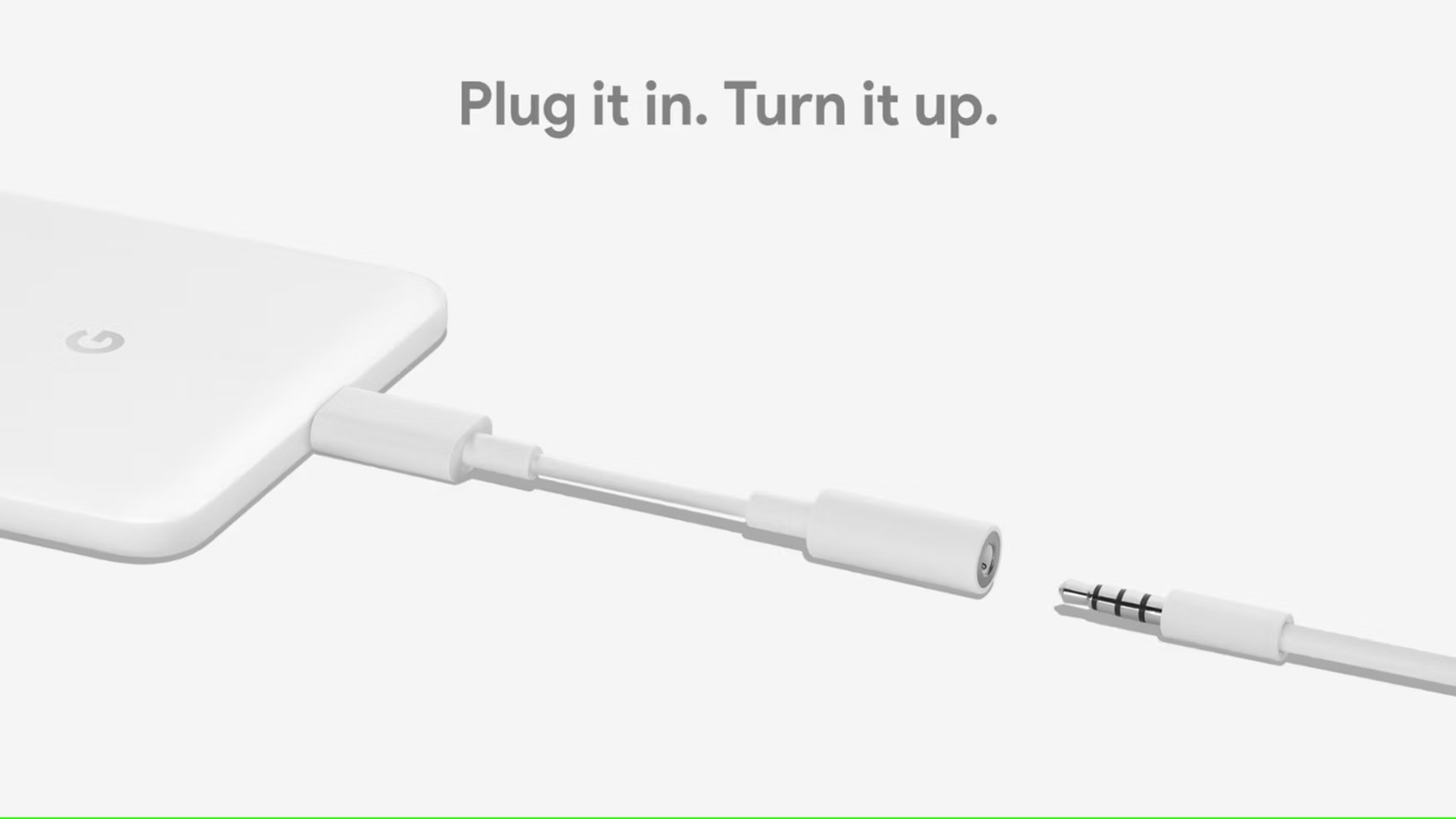
There’s not much to say about Google’s USB-C to 3.5mm Headphone Adapter ($7.99 on Amazon) other than it connects to any 3.5mm port on a pair of headphones and terminates in a USB-C connector. This allows you to take your favorite pair of headphones and plug it directly into your phone’s USB-C input.
The only a couple inches long and works on all USB-C ports, including the one found on Apple’s iPad. It’s less than $10, but it does everything that you need it to. You don’t need to overthink anything here; the dongles are near-perfect for low-power devices such as headphones, and there just isn’t a huge reason to shell out for anything more expensive.
What about the Apple EarPods?
You may be tempted to point out that Apple released a cheap pair of USB-C earbuds not too long ago, but both those earbuds and Google’s USB-C earbuds suffer serious design setbacks that will have you looking for new ones in short order.
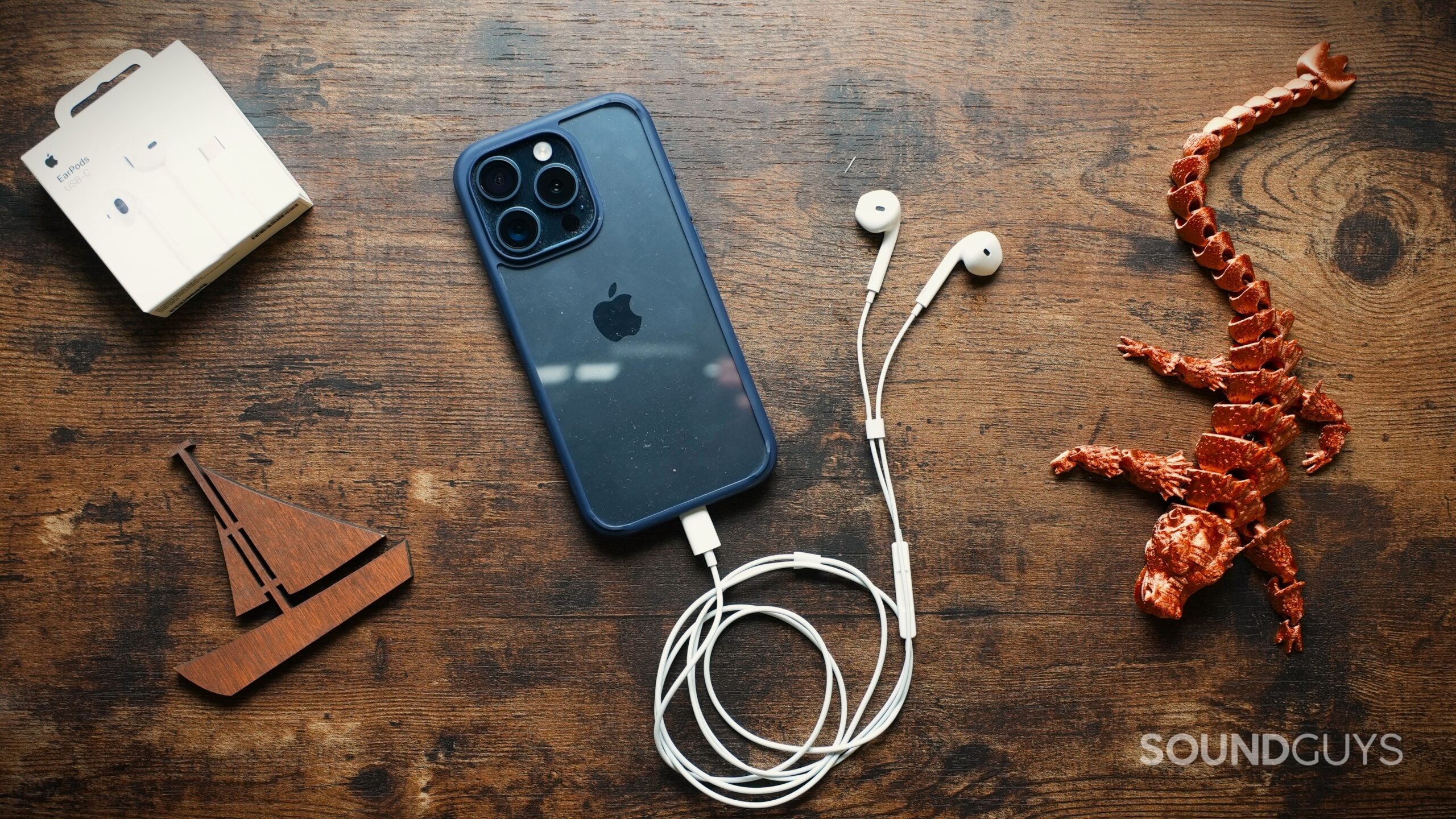
By not sealing your ear, the earbuds won’t be able to perform consistently, nor will they be able to block outside noise much at all. Because of this, you’ll be listening more loudly than you should, and it will sound worse. There’s a reason that none of the similar models online have stuck around very long.
How we test the best USB-C headphones
Due to the fact that USB-C headphones can be tested in our setup, any headphones that you see on this list have been subjected to the same suite of benchmarks as any other headphones we review. The main difference is that the headphones handle their own signal processing.
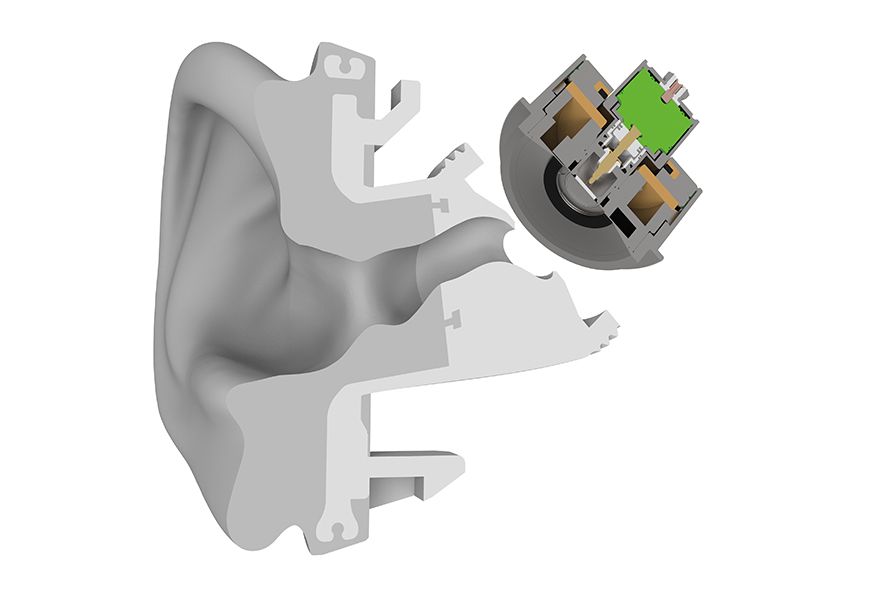
We use state-of-the-art testing software by Listen Inc, and use our own sequences written in-house. We measure key performance metrics like frequency response, distortion, and noise attenuation performance to see how well each product fares against the rest of the market. We also use the latest and greatest test fixture for headphone measurements, the Bruel & Kjaer 5128. This test head better approximates the anatomy of a human head than its predecessors, and is changing how we approach headphone measurements.
Why you should trust SoundGuys
We perform objective tests to measure the sound quality, noise isolation and battery life of the headphones and earbuds that we get our hands on. We want each of you to enjoy the earbuds that you choose, and none of our writers may benefit from directing readers to one product or another.
Frequently Asked Questions
USB-C headphones offer a wired alternative in a market that’s seen the decline of the traditional headphone jack. While the segment has been slow to grow, there are quality options available, such as the Shure AONIC 50 and the Focal Bathys. However, the market is still developing, and the choices are limited compared to Bluetooth or traditional headphones.
Yes, there are USB-C headsets available, but not all of them are good. We’ve highlighted the best, such as the Shure AONIC 50, Focal Bathys, and the Audeze Maxwell. These headphones offer various features, from noise canceling to high-fidelity sound, catering to different needs and budgets.
They’re being forced to! But so far, the only model of USB-C audio product they have is the EarPods, which aren’t very good.
Apple has integrated USB-C into some of its products, like the MacBook series, due to its versatility and fast data transfer capabilities. While Apple’s mobile devices primarily use the Lightning connector, potential legal changes in the EU might push the company towards broader USB-C adoption.
There are several theories, but a cynical read is that it helped them capture almost half of the yearly income from headphone sales.
There are USB-C headphones available, but the market has been slow to develop. The dominance of the 3.5mm jack and the rise of wireless audio solutions contributed to the slow adoption. Additionally, the period from 2019 to 2022 saw minimal new releases in this category, indicating a lack of momentum for USB-C headphones.